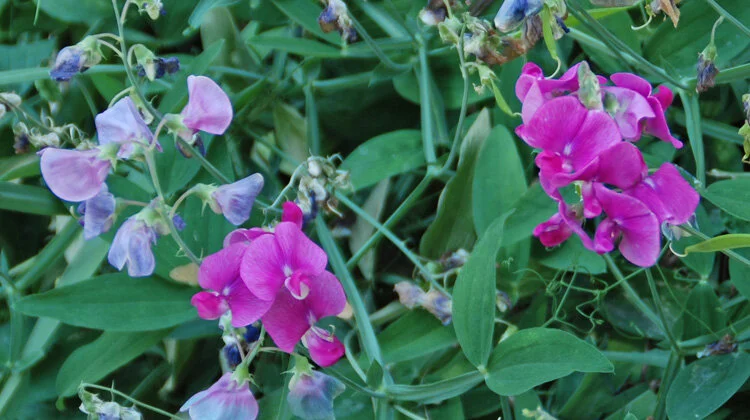Direct seeding or direct sowing just means that you start planting seeds in the garden, rather than buying small plants or starting seeds indoors earlier and transplanting them outside. Many seeds of both flowers and vegetables can be started outdoors, at the start of the growing season. [Source: The Spruce]
Beans:
There are generally two types of beans, bush and pole. Pole beans grow long vines and will need support of a pole or trellis. Pole beans continue to produce for a long time until frost. Bush beans produce their crop quicker…
Read More










